What lies under the dial of your beloved watch? Here’s the proper answer to the common question, “How Does a Watch Work?”.

Don’t be a hypocrite. Don’t be the guy with all the swagger and a luxury watch collection to die for but no idea how any of them actually work.
If you’re going to spend some serious dollars on a grail watch, you need to know how it works. Even if you’re only in the market for an affordable daily go-to watch, learn how it works.
You wouldn’t believe how many watch collectors cannot answer the simple question, “How does a wristwatch work?”
Do you have all the gear and need an idea? Don’t worry. In this piece, we’re going to explain everything you need to know about how a watch works.
First, let’s look at some watch lingo.
Table of Contents
Understanding Watch Lingo
Understanding watch movements is quite a complex topic. To answer the question “How do wristwatches work?”, familiarize yourself with some useful watch terminology.
It won’t just help you pull together your knowledge of how these intricate engines operate. I guarantee it will amplify your appreciation for mechanical (or quartz) watches, too!
Mechanical Movement
The term mechanical movement refers to both manual and automatic winding watches. Manual watches need winding regularly by hand to keep them operating. Automatic movements don’t, which is a good thing for those who worry about overwinding a watch.
An automatic can maintain accurate timekeeping provided you wear it regularly. Automatic watches get their power from the movement of the wrist. Both types, however, have a power reserve.
Quartz Movement
A simple battery powers a quartz movement. It features a quartz crystal cut into the shape of a tuning fork. The quartz vibrates at a high frequency, creating electricity, which powers the hands around the dial.
Mechanism
The mechanism of a watch refers to the movement itself or, in other words, the caliber.
COSC Movements
COSC-certified watches are those powered by movements that the “Contrôle Officiel Suisse des Chronomètres” verify. This is a Swiss chronometer testing institute that receives an in-house movement made by a watch company. It then subjects it to a series of quality tests to verify its accuracy and performance.
The Mainspring
The mainspring in a watch is wound, either when manually winding the crown or wearing the watch. It also determines the watch’s power reserve. The mainspring sits inside the barrel, which in turn unwinds, creating the power.
The Going Train
The going train transfers the movement from the mainspring to the escapement via a series of miniature gears. Meanwhile, some separate wheels power the hands around the dial.
The Escapement
An escapement prevents the mainspring from completely unwinding straight away. The escape wheel and pallet fork are components that help control the release of energy from the mainspring.
The Balance Wheel
The balance wheel forms a ring around the hairspring, using inertia to swing backward and forwards. In doing so, it controls the slow release of energy to the watch.
The Hairspring
The delicate hairspring inside a movement creates torsion, making the balance wheel return to the center.
How Does a Watch Work?
So, how do watches work? It’s a pretty broad topic to cover since there are so many different types of watches. A mechanical movement, for example, will operate differently from a quartz watch. The first thing to do is to figure out whether you have a mechanical or automatic watch.
Do you need to wind your watch by hand each day? If so, you have a manual-winding watch, which operates similarly to an automatic watch. Automatic watches get their power from the natural motion of your wrist. Alternatively, quartz watches operate via a battery and vibrating quartz crystal and can come in a variety of solar watches, too.
How Does a Mechanical Watch Work?
Mechanical watches are a complete marvel. The complex series of intricate components that make up the workings of manual and mechanical watches often intrigues collectors.
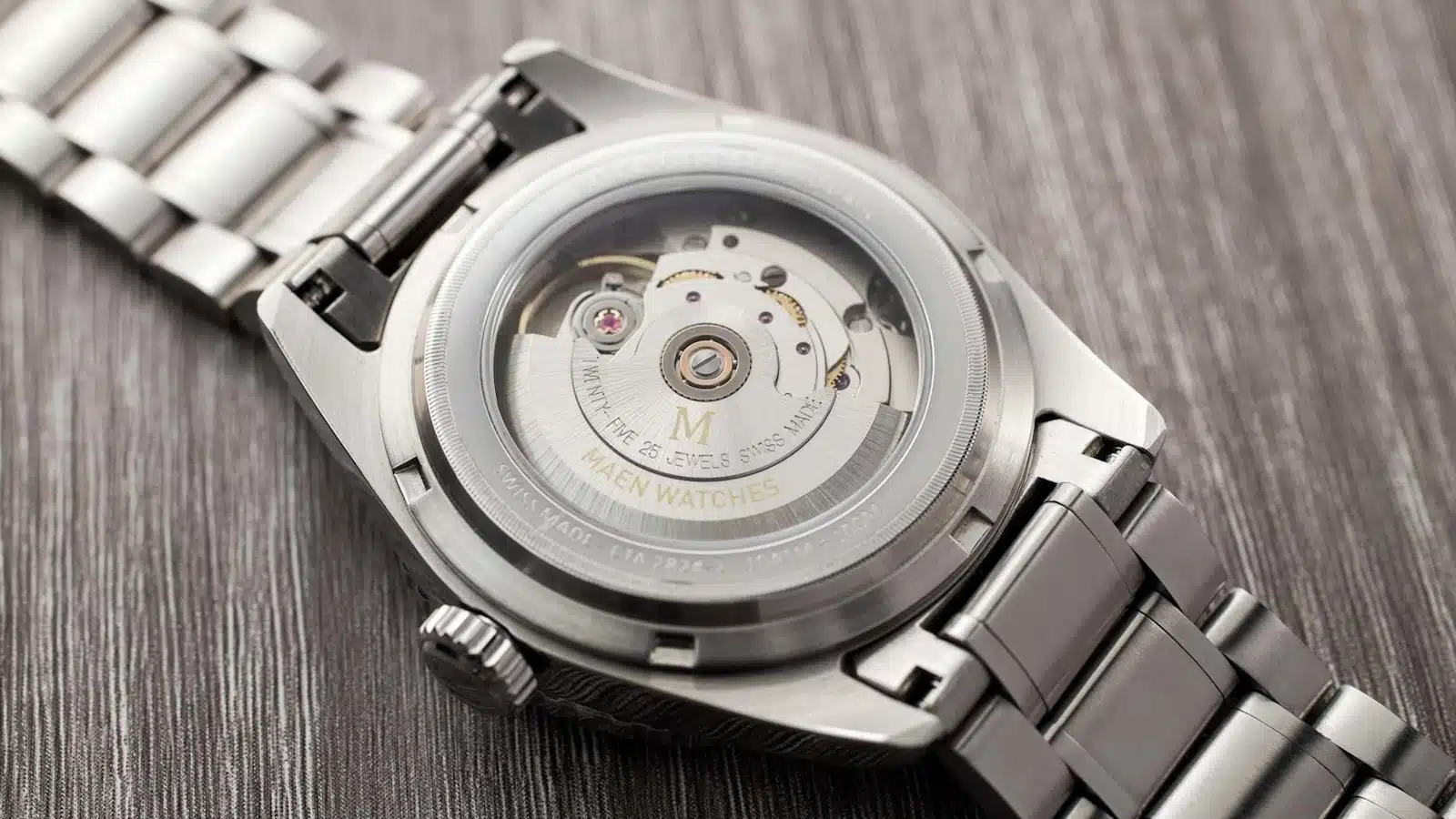
Many luxury timepieces feature an exhibition case back, often crafted from sapphire crystal. This feature grants you a glimpse into the working parts of the movement, enabling you to observe them in motion.
If you’re wondering, “How does a mechanical watch work?” Don’t let the lingo put you off. The terminology sounds complicated, but there’s a simple way to explain the process.
How Hand-Wound Watches Work
The winding of a crown on a manual watch tightens something called a mainspring. The release of the mainspring via the barrel is what provides energy to the escapement. This is possible via a series of wheels and gears known as the Going Train.
The escapement inside the watch controls the slow release of energy. It prevents the mainspring from instantly unwinding itself. To help it control this release, it requires the help of an escape wheel and balance fork.
The escape wheel moves in steps, catching on a pallet that notches back and forth thanks to a forked lever. At the top, this forked lever catches on an impulse pin, which attaches to the balance wheel.
The balance wheel is the component that you see rocking backward and forward. This is controlled via a hairspring, which regulates the action of the balance wheel.
How Automatic Watches Work
Automatic watches work by either unidirectional (one) or bidirectional (both) winding. Watches don’t need to be bidirectional winding. The benefit, however, is that it uses up the energy that a unidirectional winding mechanism otherwise wastes.
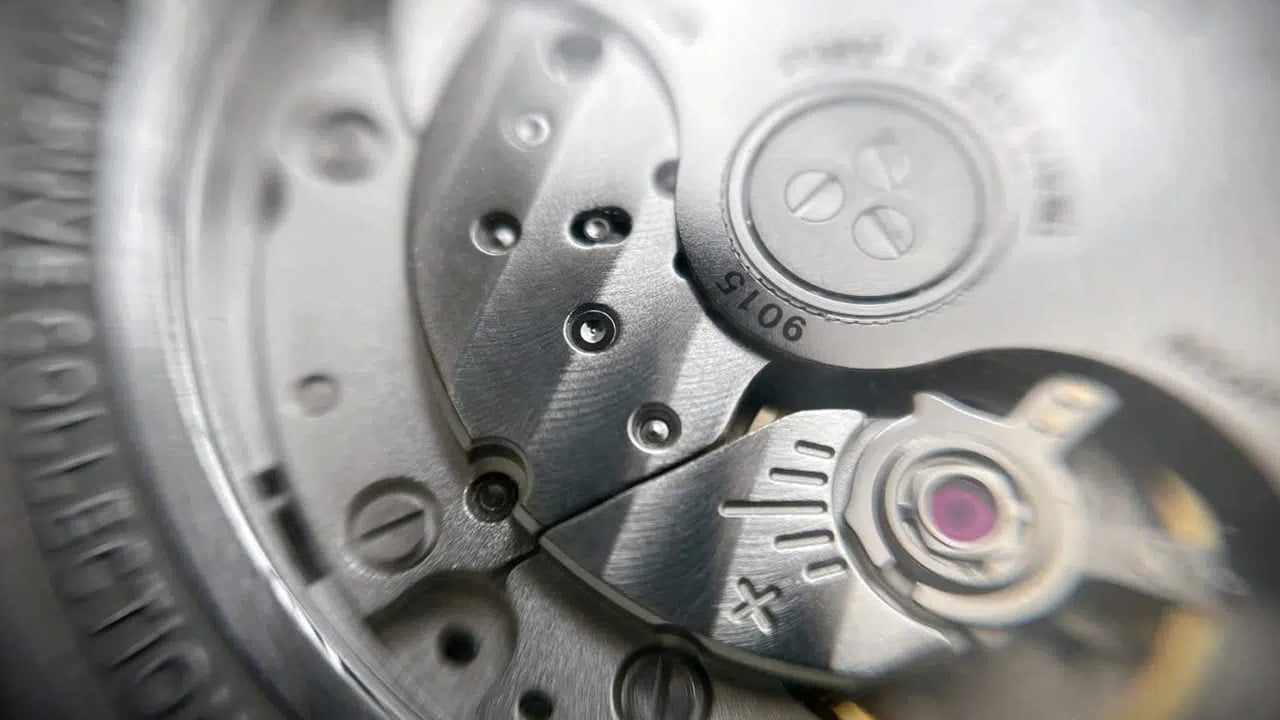
With an automatic watch, a freely rotating weight called a rotor spins as you move your wrist (either unidirectionally or bidirectionally). This automatically coils the mainspring for you (the bit you would otherwise be doing manually via the crown). The rest of the mechanism works in the same way as a manual.
How Does a Quartz Movement Work?
A quartz movement is the most accurate of all. This is down to the frequency of the vibration of its quartz crystal. These watches are also cheaper to make and cheaper to buy. Why else do you think some of the most prestigious names in traditional watchmaking collapsed when the quartz movement arrived?!
Quartz watches work via a battery, which begins the whole process. The battery sends a current to a microchip. This then makes a piece of crystal vibrate at an exceptional rate of 32768 times each second!
Another microchip then picks up these oscillations from the crystal, turning them into electrical impulses.
The pulses drive an electric stepping motor, which turns a set of tiny gears. These gears move the hands around the dial in a watch. The mechanism requires no servicing and no recharging, just a replacement battery every few years.
So, how does a quartz watch work? It’s simple. The quartz watch uses piezoelectricity, vibrating when electricity is put into it and generating electricity too. It makes for an incredibly efficient timekeeping option.
That said, many enthusiasts love the intrigue and allure of observing a mechanical watch operate. It really is a matter of personal preference!
The Takeaway
Part of the enjoyment of owning a luxury timepiece is to understand the complexity of the working movement within it. So, now you know the answer to the question, “How does a watch work?”. You can confidently look your fellow watch nerds in the eye and say you know why you love watches so much!
Next time you sit and admire your watch, take a few seconds to appreciate everything going on underneath that dial. It’s all part of the watch-collecting experience.
Do you want to learn more about watches? Sign up for our newsletter at The Slender Wrist today for more articles like this.
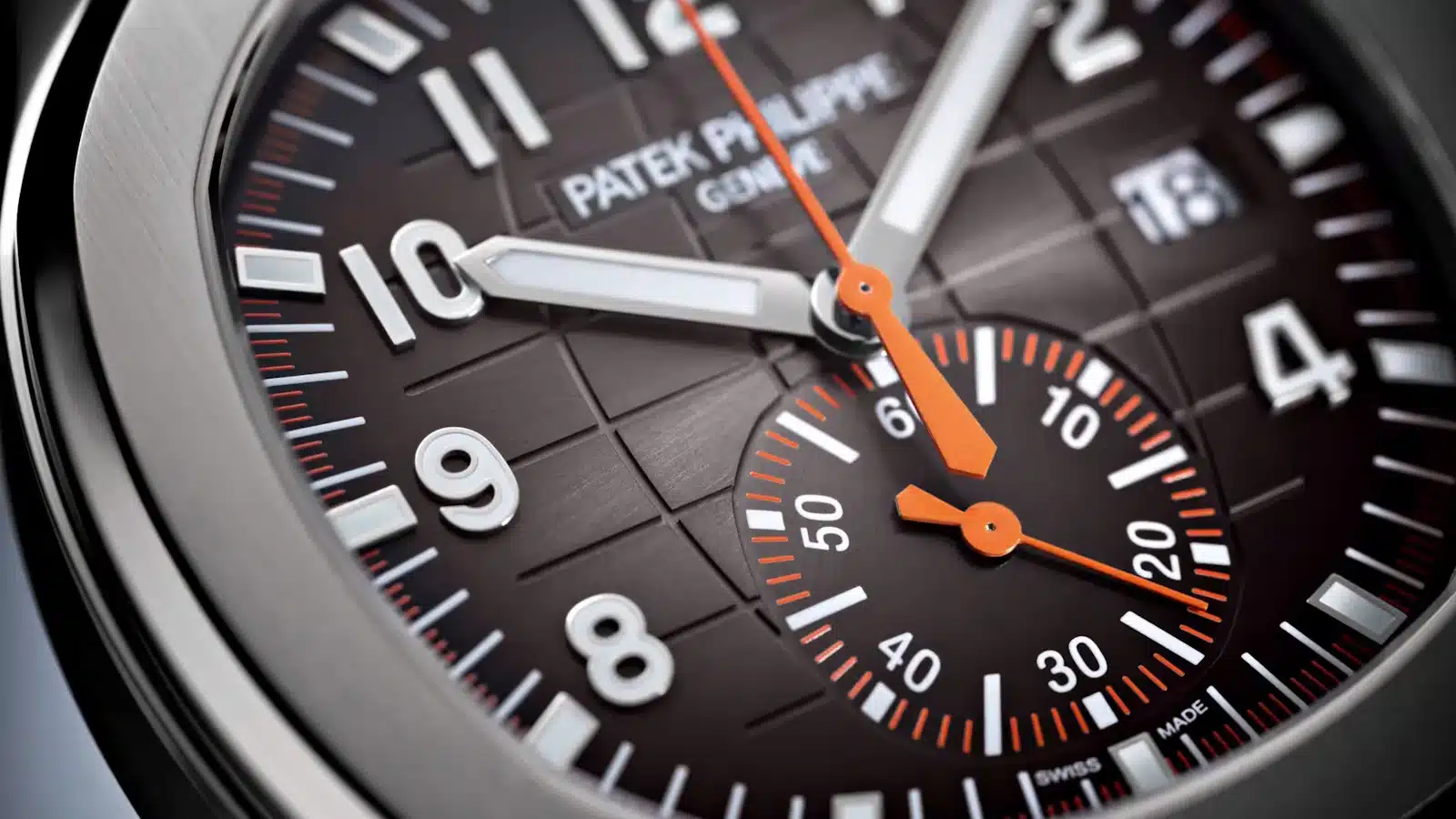
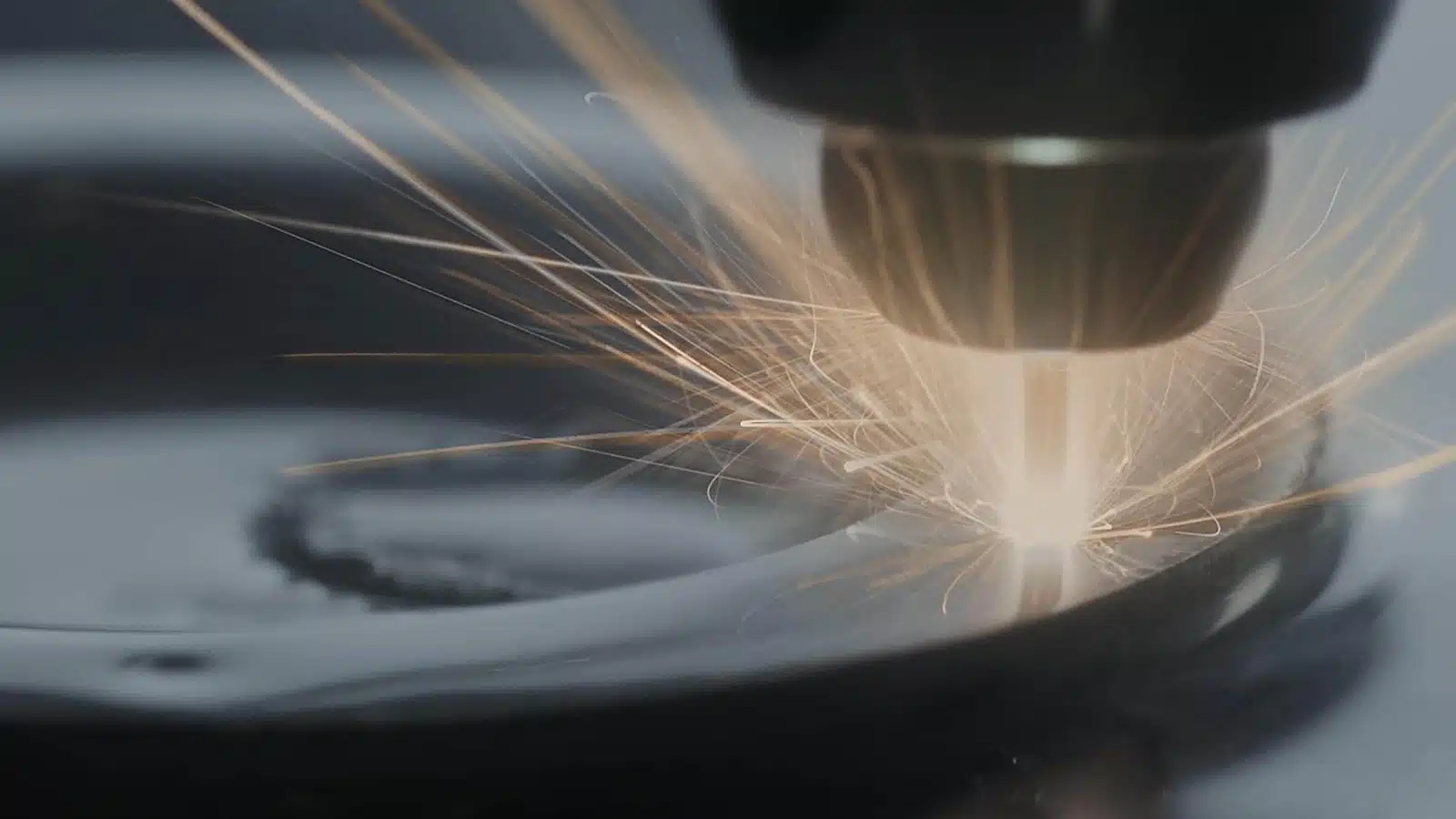
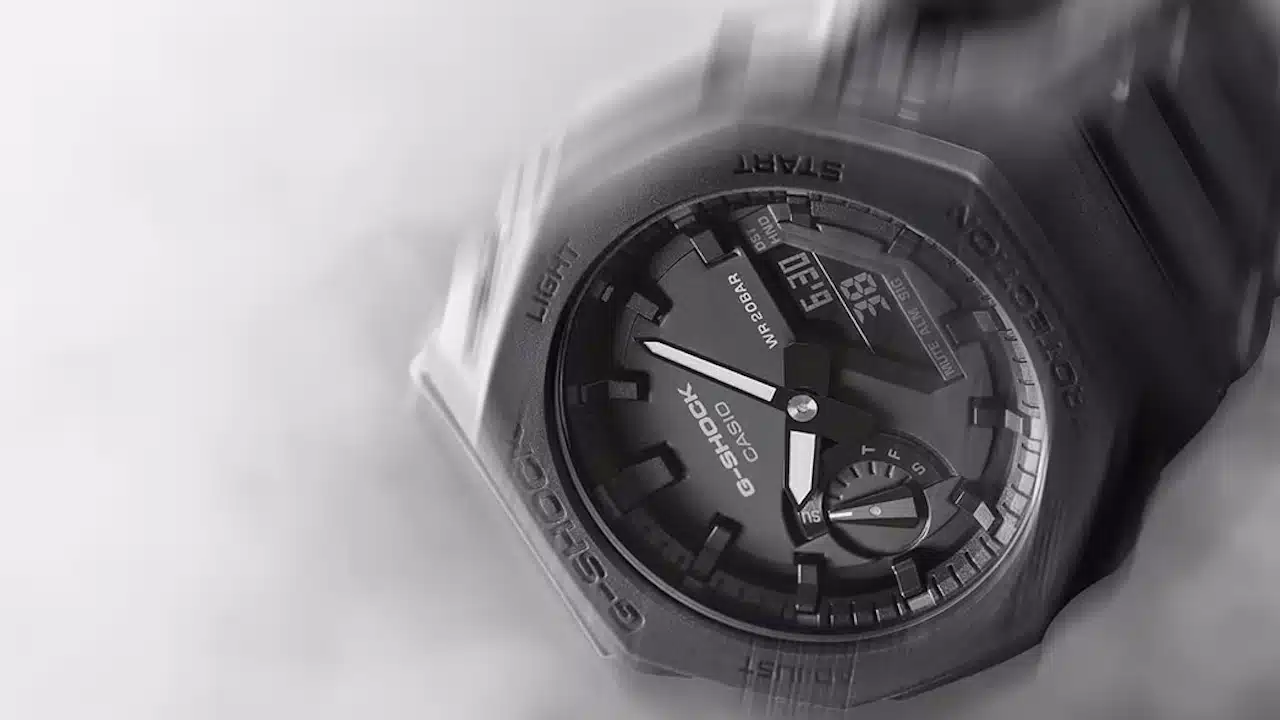
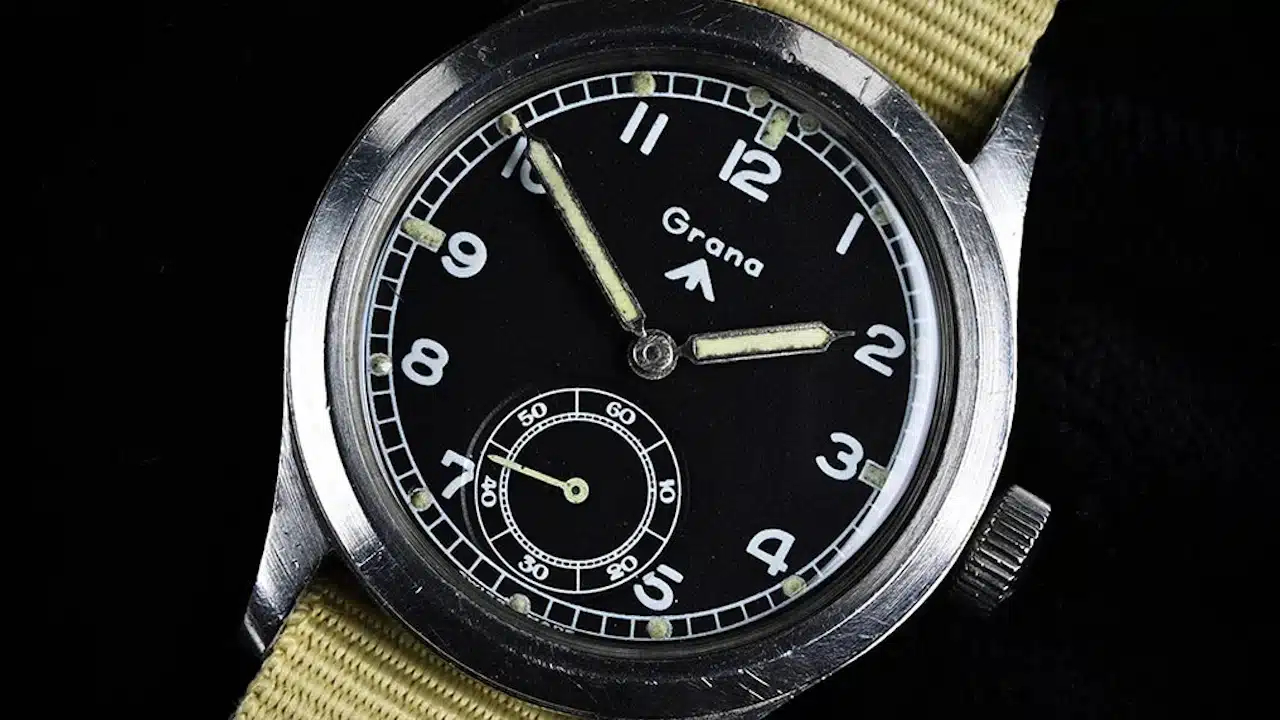
Leave a Reply